Nettsider med emneord «Climate change» - Side 2

Ozone on the ground level causes stress in natural vegetation. When the ozone level increases at the same time as the climate changes, vegetation is being hit by a double punch. This project seeks to find out how this affects the yield and growth.
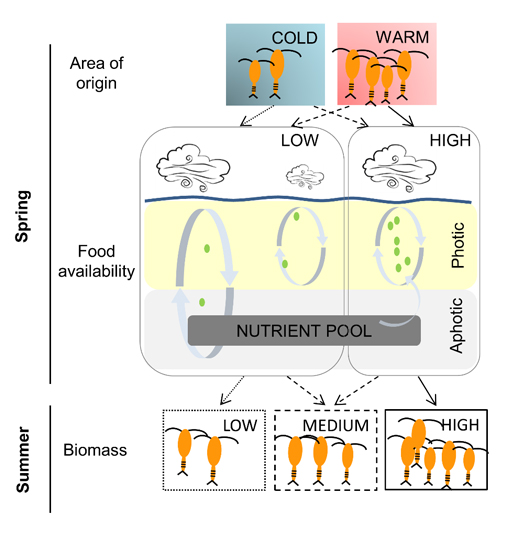
A recently paper published in PNAS, members of the CEES Marine Group explore potential climate effects on Calanus finmarchicus, a key zooplankton species in the North Atlantic. The paper shows how the combination of shallow mixed-layer-depth and increased wind apparently increases chlorophyll biomass in spring, and in turn C. finmarchicus biomass in summer. These findings strongly suggest bottom-up effects of food availability on zooplankton, and highlight the need to consider climate effects “beyond temperature” when projecting zooplankton dynamics under climate change.
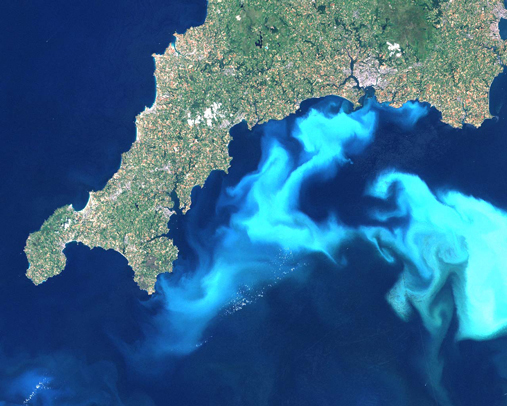
Marine phytoplankton contribute nearly 50% to global primary production, support zooplankton production and play a vital role in regulating Carbon sequestration. Phytoplankton productivity fluctuations are caused by various direct and indirect effects of temperature, the balance of which show large-scale geographical patterns.
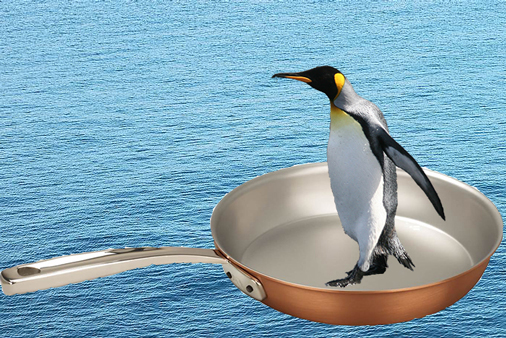
Penguins are highly visible species for the public. Their life has been portrayed in many movies. Unfortunately they are also species impacted by climate change. In a recent publication a team led by Charles Bost used long-term data to relate the large-scale climatic anomalies in the Southern Hemisphere to the foraging behaviour and population dynamics of the king penguin.
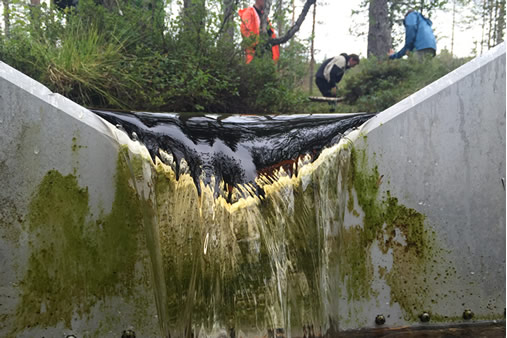
This project explores how climate change and other long-term environmental changes can influence the transport, uptake and food web transfer of mercury in boreal lakes.
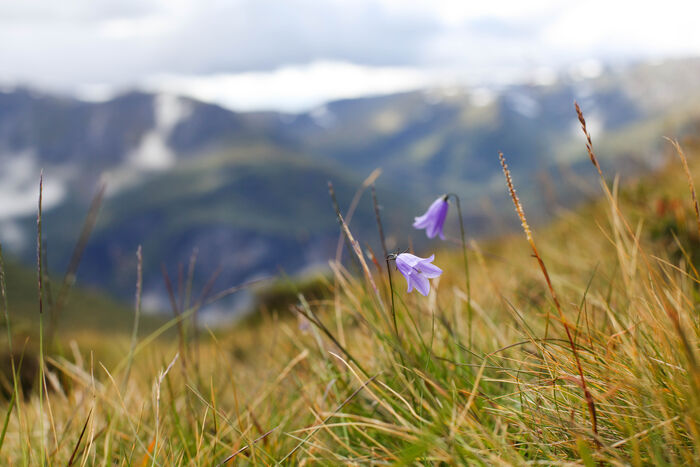
This project aims to understand the dynamics of the plant root microbiome in response to elevated temperatures and altered annual precipitation patterns.
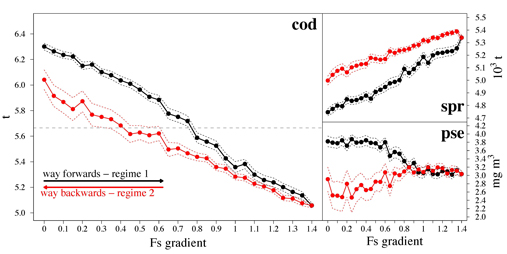
In this study we assessed the chances of recovery of the Baltic Sea cod stock and conclude that it will never come back to the status it had more than three decades ago and that the economic losses associated to this new baseline amount to 120 million euros per year.
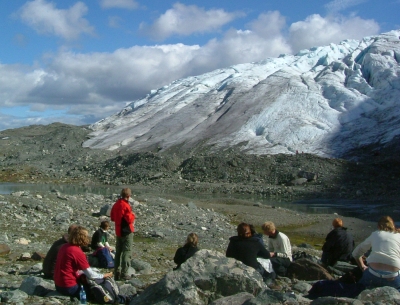
Scientists in geodynamics and meteorology from UiO, in collaboration with researchers in geosciences from Bergen, Tromsø and UNIS, received 19.5 million kroner from the Norwegian Research Council (NFR) for a new Research School on “Changing climates in the coupled earth system” (CHESS).
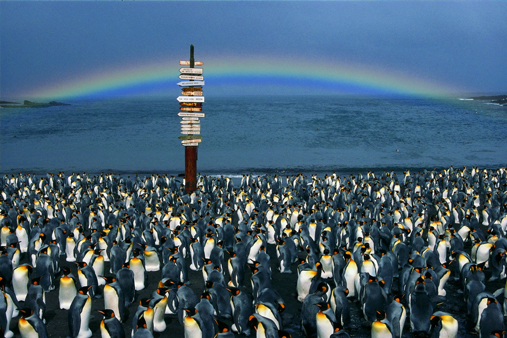
Much of our present knowledge on the ecology and behaviour of animals is derived from longitudinal studies of individuals using long-term datasets. The collection of such datasets requires the ability to identify individuals repeatedly over time, i.e. by individual markings. Here comes the problems for Penguins.

Europe and other funding agencies are very attentive to interdisciplinarity and trans-sectoral activities. Their ever growing demand for multi- and trans-disciplinary science is reaching such a level that making Ecology and getting funding for it becomes a challenge. Is there a way around it?
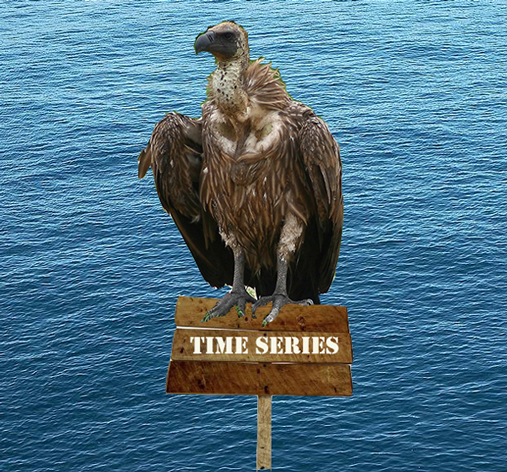
Some while ago a student asked us if we were collecting data in the marine ecological group at CEES. We were forced to acknowledge that we were not. From this follows a real cri de coeur: “but we are only scavengers!” Are we really? If we are, is it all bad?

Increased sea temperature due to climate change can influence the distribution, abundance and seasonal timing of zooplankton. Changing zooplankton dynamics might in turn impact the higher trophic levels, such as fish and seabirds, feeding on these animals. In a recent paper, we show that temperature variation in the Atlantic waters of the Norwegian Sea and Barents Sea might have stronger effects on the abundance of the younger than older development stages of Calanus finmarchicus, and that these stages might appear earlier in spring during warm years.
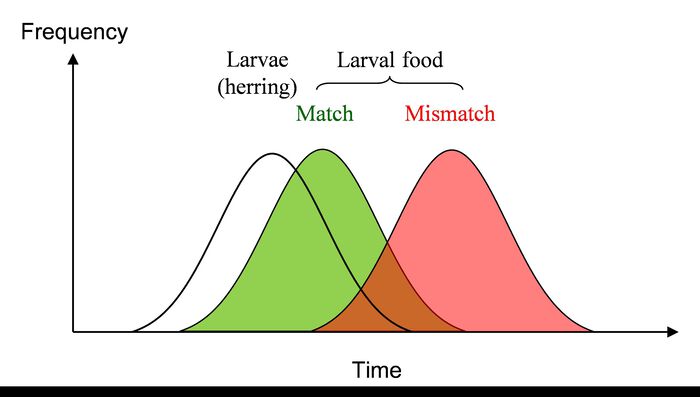
Climate change is thought to change many aspects of the marine life. Among others, one can mention changes in species distribution (immigration of species; new species coming to northern areas), the rate of development (warmer the temperature, the faster is the development), and change in the timing of the reproduction. The latter has recently caught a lot of attention around a nearly 50 years old hypothesis of the British fisheries biologist David Cushing.

Climate change, and especially alteration in sea temperature, is expected to have major effects on the distribution and abundance of marine fish. This is in particular the case in northern high-latitude marine ecosystems, where IPCC expects global warming to be especially pronounced.

Surface waters in Scotland, as well as in southern Norway and southern Sweden have experienced a significant increase in NOM-concentrations and fluctuations over the last decades, likely due to the combined effects of climate variation and reduced acid rain.
NOM concentration levels and physiochemical properties vary significantly in space and time. Especially the seasonal fluctuations are site specific and therefore unique to any raw water source.
Surface waters are commonly used as raw water sources by waterworks for tap-water production in these countries. NOM in the water affect colour, taste and odour. Increasing concentrations of NOM, thus, causes increased demand for coagulant and disinfectant doses. NOM influences, furthermore, the stability and thereby the removal of inorganic particles and pathogens and increase the mobility of micro-pollutants. It fouls membranes, block filtration pores and compete for adsorption sites. In the water distribution networks, NOM influences on corrosion and leads to regrowth and biofilm formation during distribution, including house installations (e.g. problems with biofilm-amoebae-Legionella).
The increasing amount and variability of NOM concentrations and characteristics, thus, represents severe challenges for process control in water treatment and distribution systems.
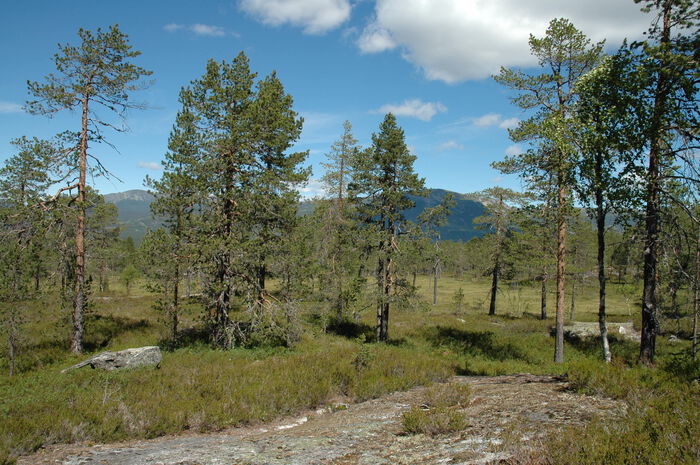
Lakes and rivers are the source of drinking water for most people in Norway, Sweden and Finland. Presently, climate change is posing a threat for the quality of drinking water sources. In recent years, concentrations of dissolved organic matter (DOM) in lakes and rivers have increased and associated with this, surface waters have become browner. This poses a major challenge to drinking water providers, as removal of DOM is a key step in drinking water treatment.
Both climate and atmospheric deposition are likely to blame for the brownification of surface waters. Brownification is expected to continue under climate change, but to what extent is unclear. Adaptation measures needed are likely to raise costs of water treatment and require long-term investments. In order to maintain good drinking water quality in the future, municipalities and other stakeholders urgently need science-based projections of raw water quality under climate change as well as information about the possibilities for, and costs of adaptation.








